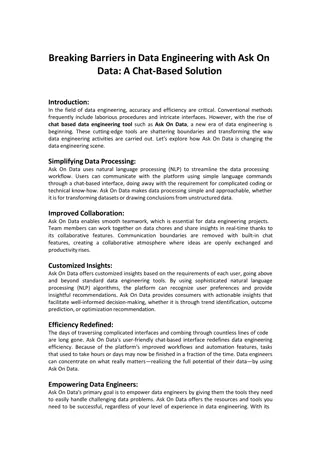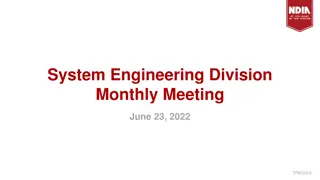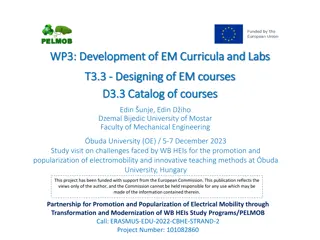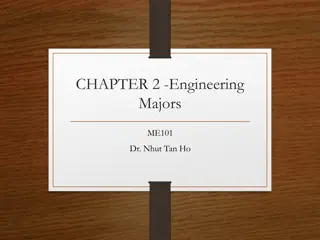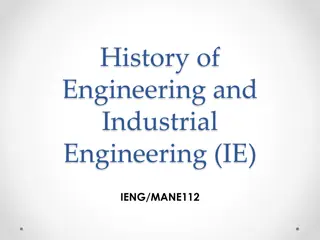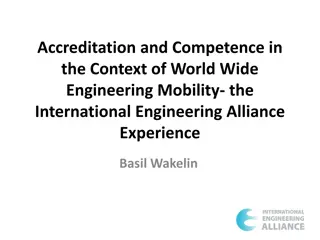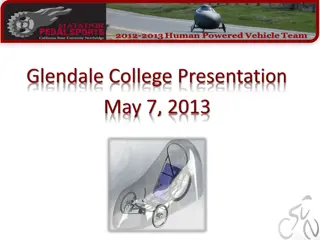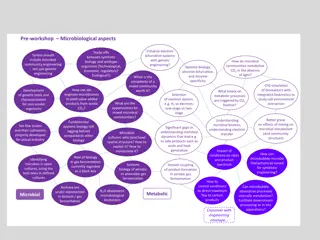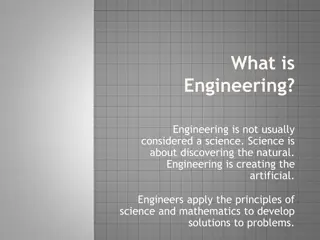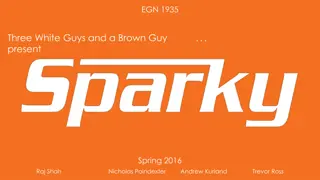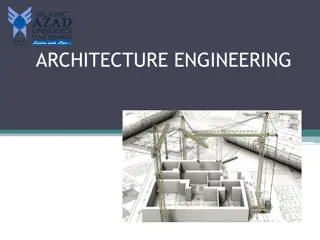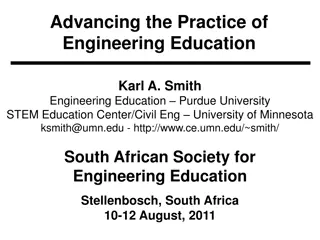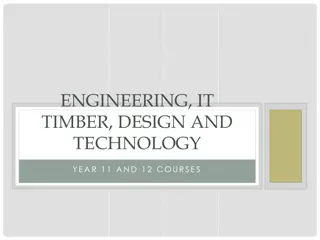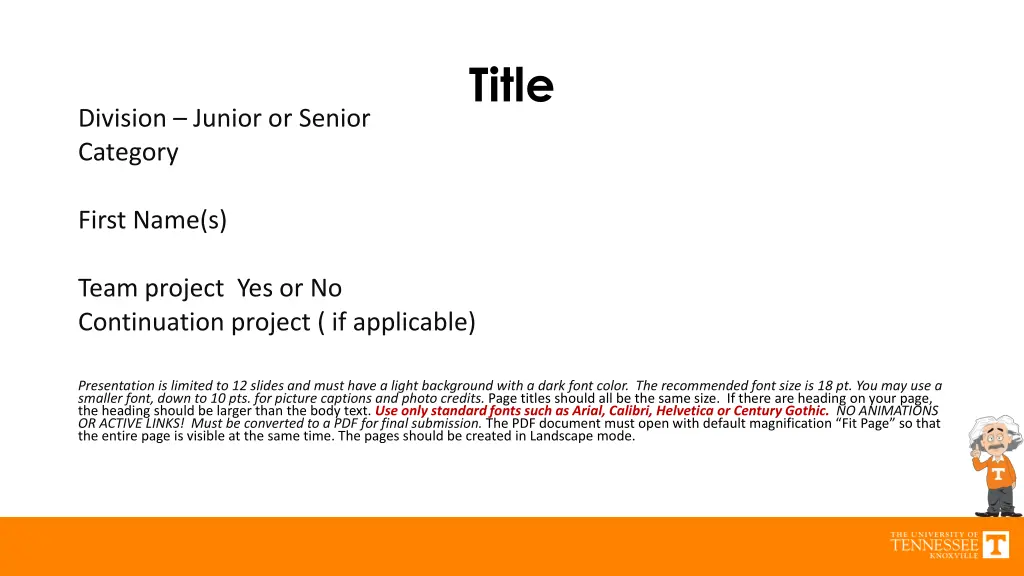
Engineering Project Presentation Guidelines and Template
Create a professional engineering project presentation using this detailed template. Includes sections for introduction, methods, results, discussion, and conclusions. Follow the guidelines for layout, font, slide limitations, and more to ensure a successful presentation.
Download Presentation

Please find below an Image/Link to download the presentation.
The content on the website is provided AS IS for your information and personal use only. It may not be sold, licensed, or shared on other websites without obtaining consent from the author. If you encounter any issues during the download, it is possible that the publisher has removed the file from their server.
You are allowed to download the files provided on this website for personal or commercial use, subject to the condition that they are used lawfully. All files are the property of their respective owners.
The content on the website is provided AS IS for your information and personal use only. It may not be sold, licensed, or shared on other websites without obtaining consent from the author.
E N D
Presentation Transcript
Title Division Junior or Senior Category First Name(s) Team project Yes or No Continuation project ( if applicable) Presentation is limited to 12 slides and must have a light background with a dark font color. The recommended font size is 18 pt. You may use a smaller font, down to 10 pts. for picture captions and photo credits. Page titles should all be the same size. If there are heading on your page, the heading should be larger than the body text. Use only standard fonts such as Arial, Calibri, Helvetica or Century Gothic. NO ANIMATIONS OR ACTIVE LINKS! Must be converted to a PDF for final submission. The PDF document must open with default magnification Fit Page so that the entire page is visible at the same time. The pages should be created in Landscape mode.
Introduction What is your engineering problem and goal? What problem were you trying to solve? Include a description of your engineering goal. Explain what is known or has already been done to solve this problem, including work on which you may build. You may include a brief review of relevant literature. If this is a continuation project, a brief summary of your prior work is appropriate here. Be sure to distinguish your previous work from this year s project. You may need 2 slides for this.
METHODS - Explain your methodology and procedures for building your design. What did you do? How did you design and produce your prototype? If there is a physical prototype, you may want to include pictures or designs of the prototype. If you tested the prototype, what were your testing procedures? What data did you collect and how did you collect that data? DO NOT include a separate list of materials. You may need 2 slides for this.
Results What were the result(s) of your project ? How did your prototype meet your engineering goal? If you tested the prototype, provide a summary of testing data tables and figures that illustrate your results. Include relevant statistical analysis of the data. You may need 2 slides for this.
Discussion What is your interpretation of these results? What do these results mean? You may compare your results with theories, published data, commonly held beliefs, and/or expected results. Did any questions or problems arise that you were not expecting? Were these problems caused by uncontrolled events? How did you address these? How is your prototype an improvement or advancement over what is currently available? You may need 2 slides for this.
Conclusions What conclusions did you reach? Did your project turn out as you expected? What application(s) do you see for your work? You may need 2 slides for this.
References This section should not exceed one page. Limit your list to the most important references. List the references/documentation used which were not of your own creation (i.e., books, journal articles). Use a standard citation format. If you are not sure how to format your references, visit either of the following resources: The Purdue Online Writing Lab - The Purdue Owl https://owl.purdue.edu/owl/research_and_citation/resources.html EasyBib at https://www.easybib.com/



